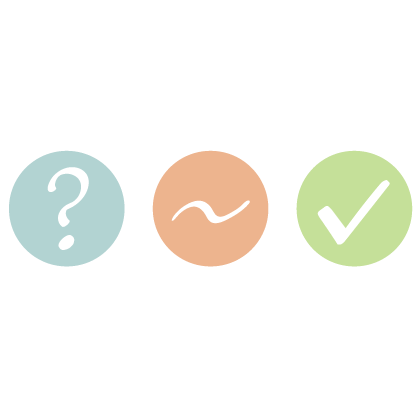Card

GUS Method
Students use self-reflection to indicate their level of understanding—whether they guessed (G), are unsure (U), or are completely sure (S). This strategy is a non-threatening approach for teachers to assess students' learning informally by allowing them to self-reflect about their understanding. In addition to providing feedback, the GUS Method can also serve to group students in support of one another's learning.
GUS Method
Summary
After answering a question or set of questions, students analyze their understanding by indicating whether they guessed (G) due to lack of prior knowledge, whether they were unsure (U) about different components of the process, or whether they were completely sure (S) about the process and confident enough to teach others why the answer is correct.
Procedure
Pose a question or set of questions to the class.
Ask students to work independently to answer the question(s).
Invite each student to label their answer(s) according to the GUS acronym: "G" if their answer was a guess, "U" if they are unsure of their answer, or "S" if they are sure enough to explain their answer.
Optionally, you may choose to extend this strategy by grouping students with differing GUS labels, or by inviting students to mingle with classmates. In either instance, ask students to clarify their processes or answers to support their peers' learning.
Gobble, T. (2016). Proficiency-based assessment: process, not product. Bloomington, IN: Solution Tree Press.




